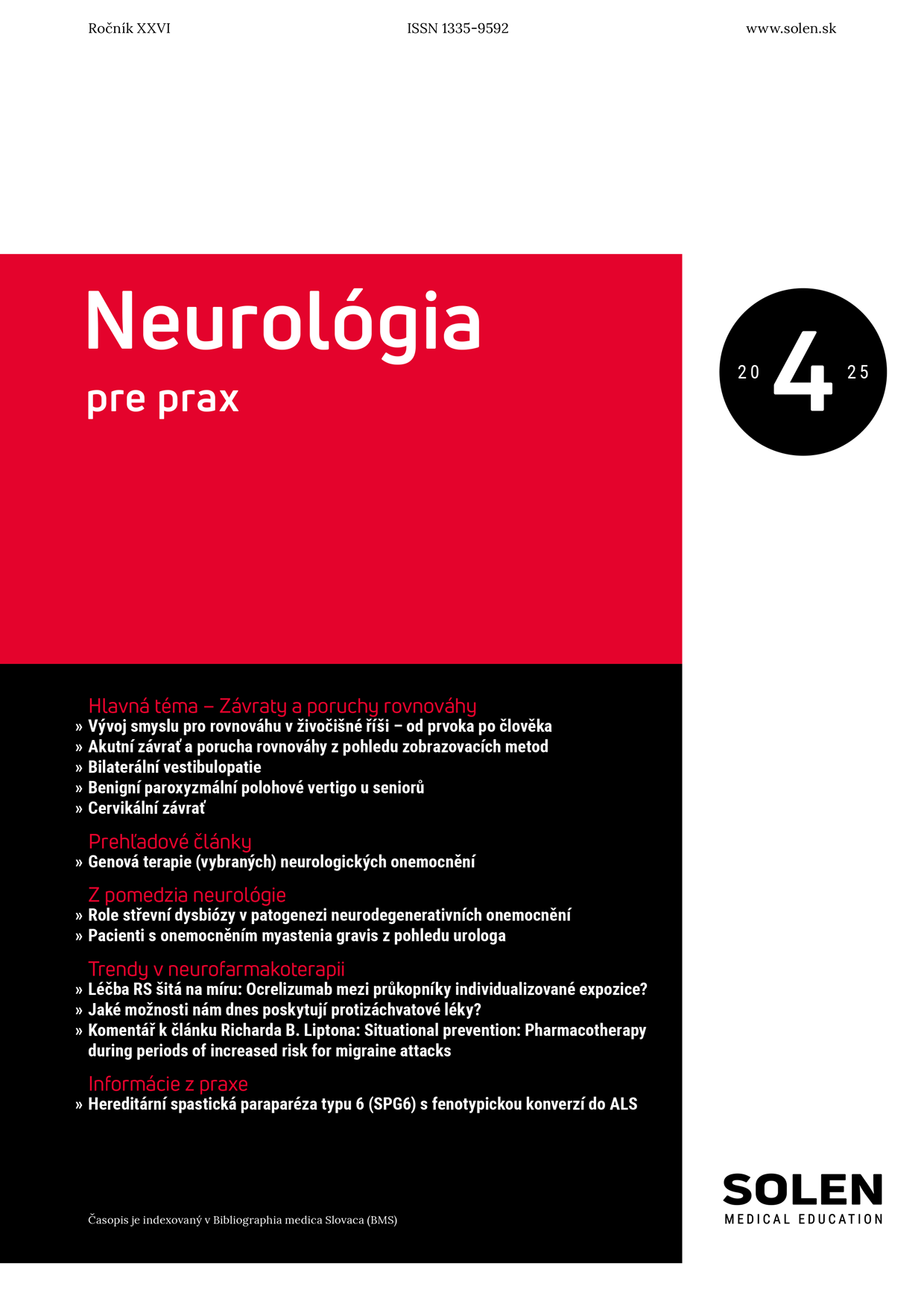Via practica 6/2015
Dialysis-related amyloidosis
Dialysis-related amyloidosis is a serious complication in patients receiving long-term dialysis. It is caused by formation of β2-mikroglobulin in amyloid deposits. Because of its affinity to osteoarticular tissue clinical manifestation includes carpal tunnel syndrome, joint arthropathy,bone cysts, destructive spondylarthropathy, and, in rare cases, also systemic disorders. Risk factors are long term hemodialysis, early onset of hemodialysis, treatment with low purity dialysate and absence of using high-flux membranes. Definitive diagnosis is made by histologic examination material by congo red staining and immunostaining of amyloid deposits with labeled anti-h2-m antibody. Clinical therapeutic strategies for dialysis related amyloidosis include dialysis, medical or surgical therapy, and renal transplantation.
Keywords: dialysis related amyloidosis, β2-microglobulin, high-flux dialysis membrane.

















